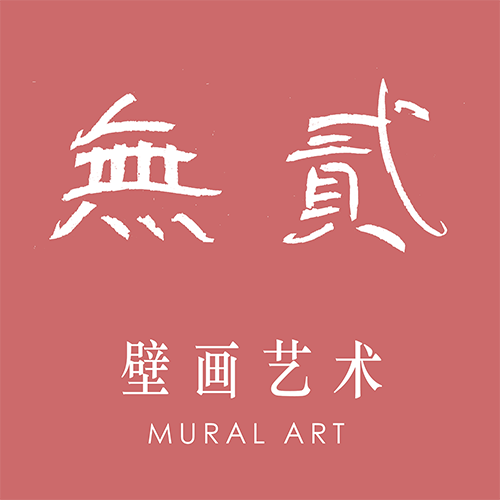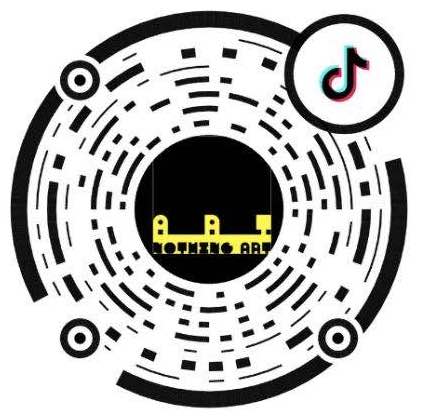A world in a grain of sand
By Dr. Jie Li-Elbraechter
AUGUST, 2018
The world, in all its thriving splendor, is no more than a handful of fine sand. As the Diamond Sutra says: “Like a tiny drop of dew, or a bubble floating in a stream,like a flash of lightning in a summer cloud,or a flickering lamp, an illusion, a phantom, or a dream,so is all conditioned existence to be seen.”
A World in a Grain of Sand is a joint effort by MICA and BIZEN. All of the art displayed in this exhibition are made from natural materials such as glass and sandstone, which have been hand-baked and assembled into mosaics. This exhibition begins on a scale as small as a grain of sand or a single mosaic tile. Slowly, subtly, persistently, and introspectively,it reveals itself. It invites the audience to take part—to explore themselves, explore nature, and explore the world.
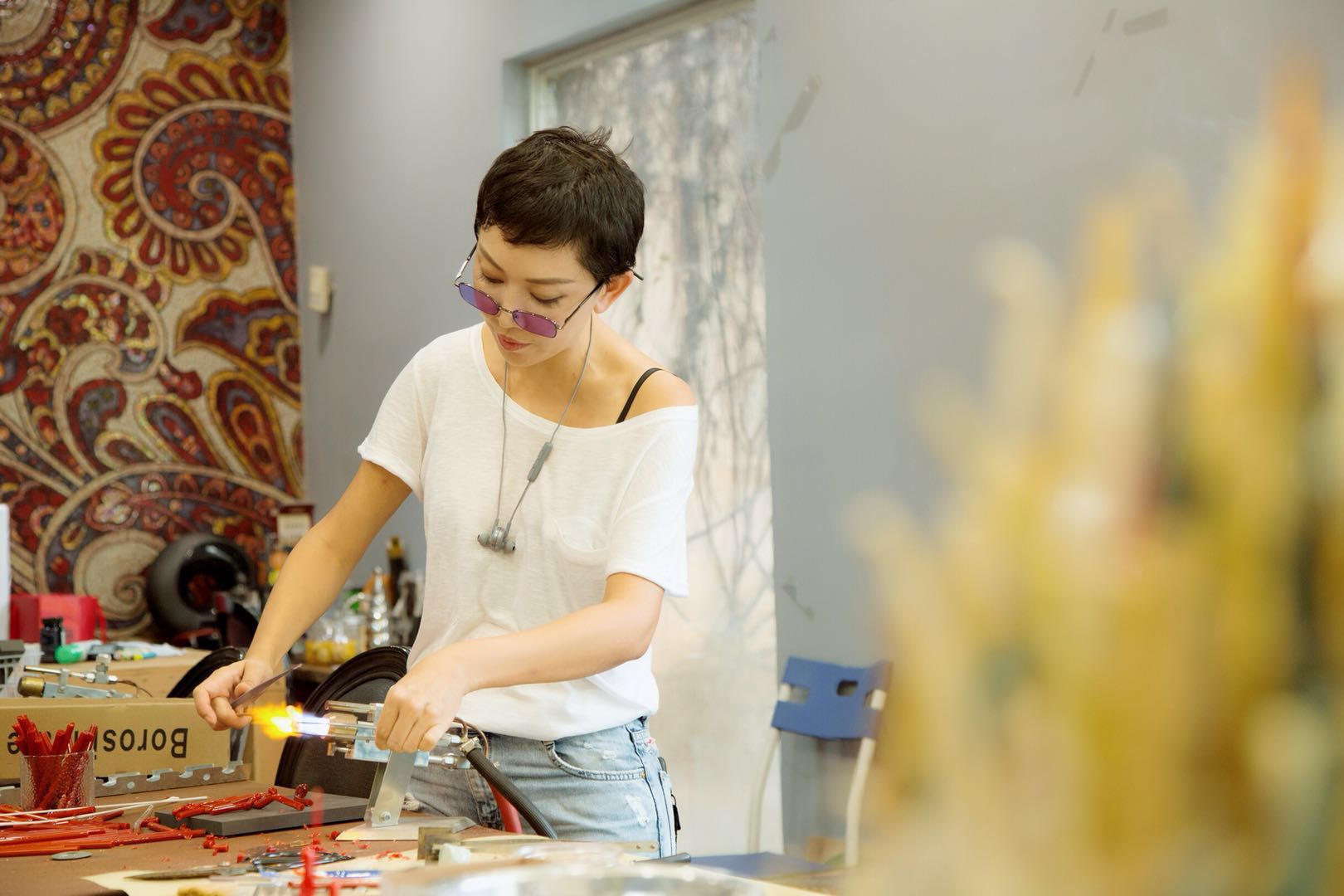

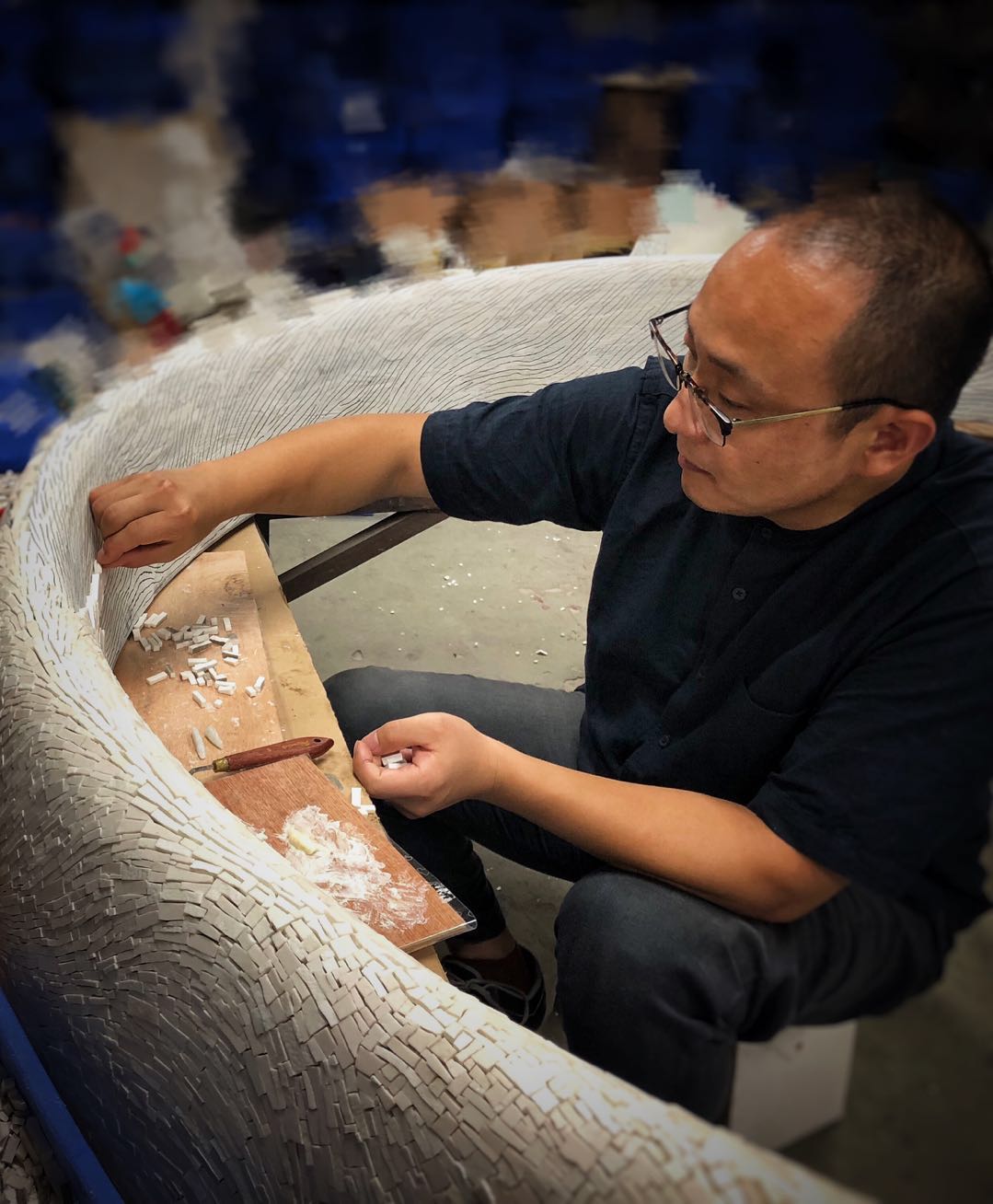
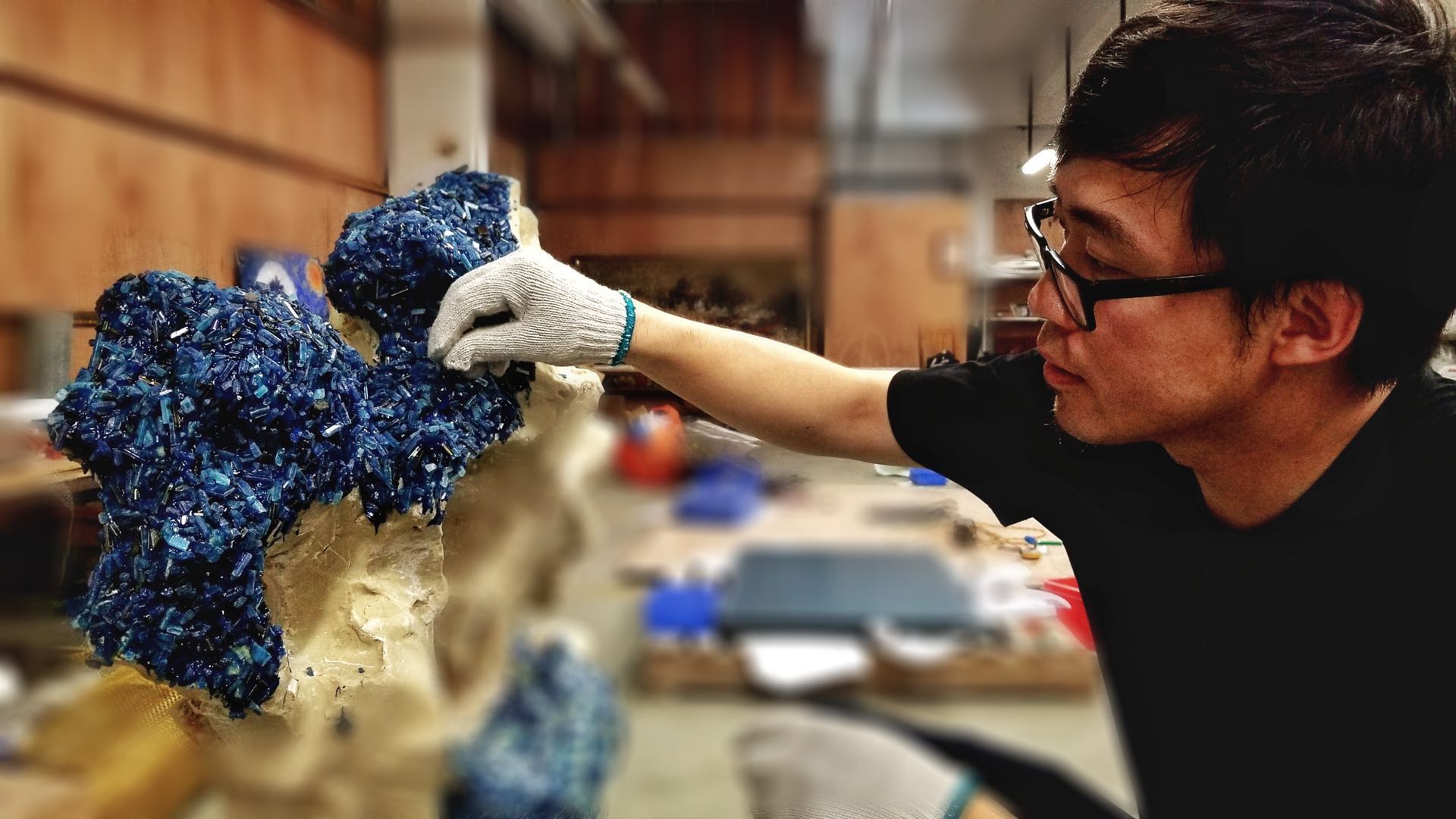
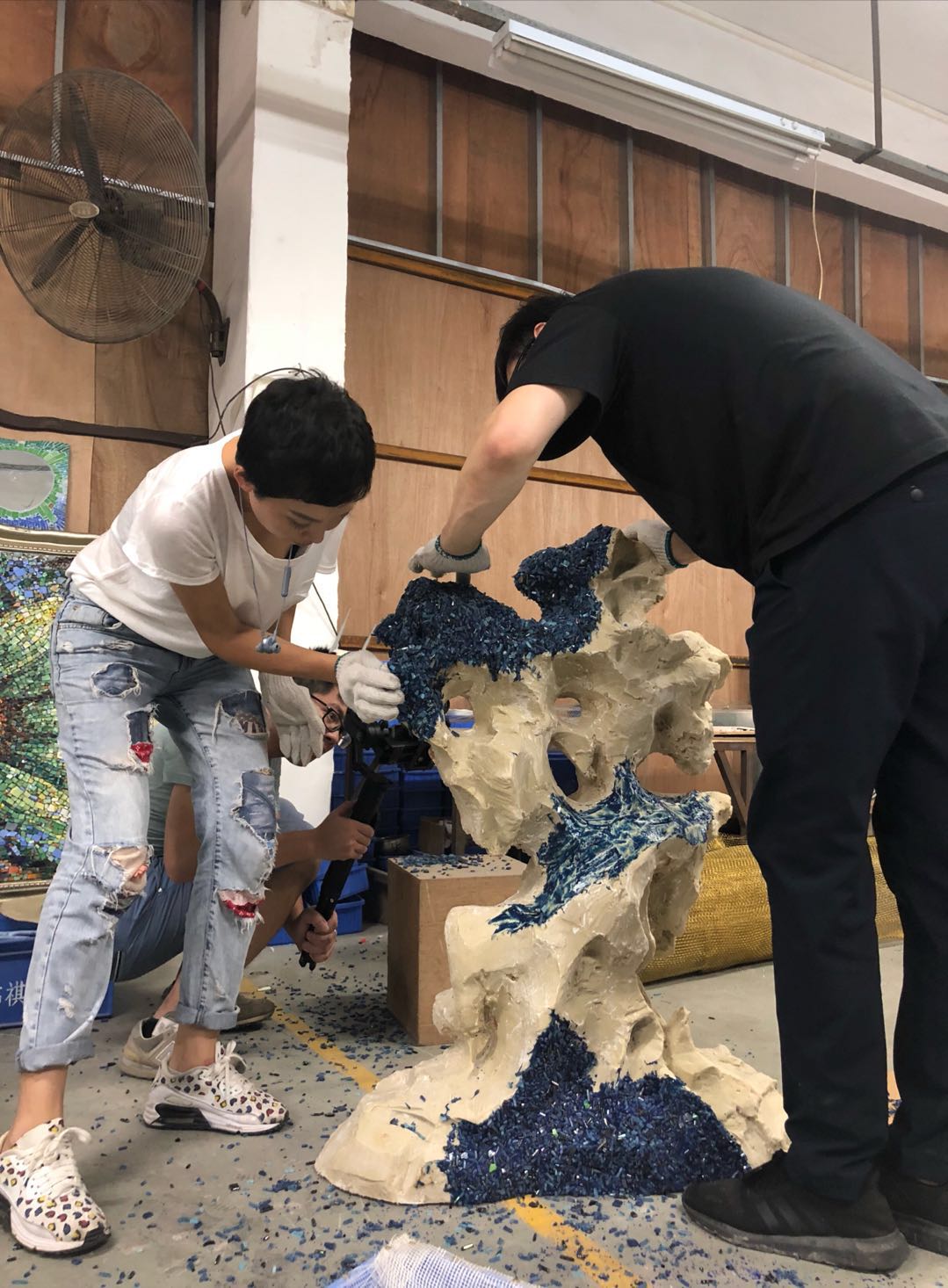
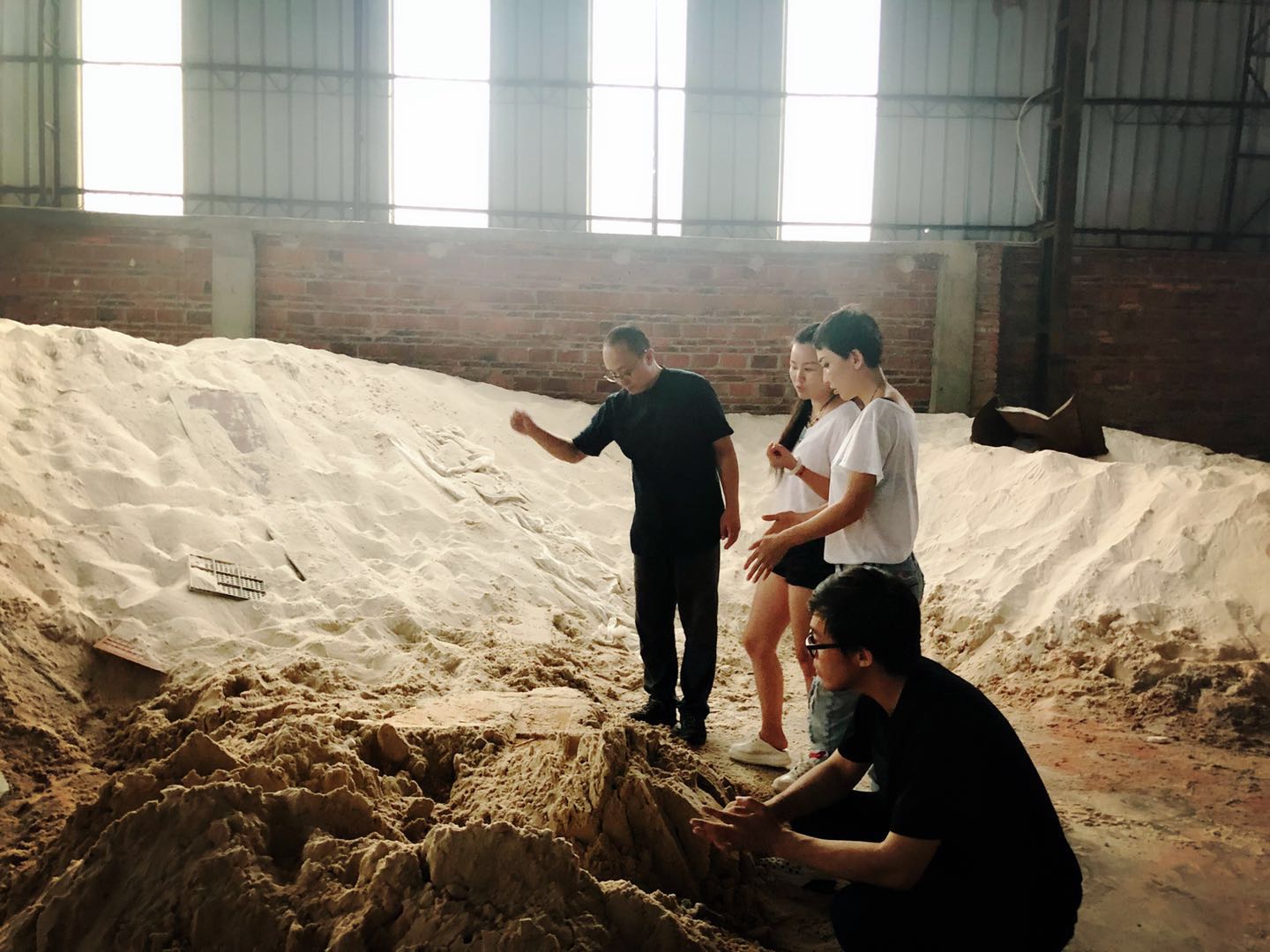
A World in a Grain of Sand was carried out from the perspective of dimensional research. Today, the domains of science and religion both believe that the three-dimensional space in which we reside is merely a subspace of a higher dimensional world. Time is currently the fourth dimension that we are aware of. Although philosophical and religious notions of higher-dimensional worlds have existed for quite some time, these concepts still feel distant and remote. When we produce art—anything from a sculpture or installation to an imaginary refracted image—with the three dimensions of length, width, and height, each dimension represents either a line or a direction. A line is one-dimensional, a planar surface is two-dimensional, and a solid is three-dimensional. For many years, scientists believed that dimension can only be in integral numbers, but not fractional parts.
However, in the wake of Benoit Mandelbrot’s 1975 discovery of the “hidden dimensions” of fractals, we realized that even the most ordinary images in nature—shorelines, the outlines of mountain ranges, the edges of clouds, rivers, veins, snowflakes, the stars—have always existed as fractals, and that their dimensions were fractional. When viewed on a smaller and more detailed scale, these hidden dimensions grow even clearer. Therefore, when viewing an object, the dimensions that are normally visible to us are merely macroscopic dimensions. When we view them on an extremely detailed scale, these hidden dimensions reveal themselves from within these objects. If we look at the macroscopic dimensions as the brighter yang dimensions, then these hidden dimensions are the more shadowy yindimensions. The objects inside the hidden dimensions are actually copies of the objects seen in the macro-dimensions; regardless of how much the hidden dimensions are enlarged, the structures seen there are identical to those seen in the macro-dimensions. This is known as fractal geometry’s principle of self-similarity, and it is also an example of the holographic nature of the natural world. For example, if a grain of sand is enlarged 100 times, 100,000 times, or even 100 billion times, the same image of
that grain of sand will reappear, and these fractal images themselves will also have similar multilayered structures. To put it into plainer terms, a grain of sand contains smaller grains of sand, and even smaller grains of sand are contained within those. This pattern reduction repeats infinitely, with each level containing a smaller version of the previous one.
“A world in a grain of sand” describes the hidden worlds found inside sand. “A world of land and sea is contained inside the smallest mote of dust, and inside this miniature world itself are more motes of dust, and more worlds inside them, in a pattern that continues infinitely.”
This concept is also reminiscent of various ideas from Buddhism: “There is a world within a single flower, and a Buddha within a single leaf;” “A mustard seed is hidden in Mount Meru, and Mount Meru is contained within the mustard seed.”
In other words, even an object as massive as the sacred Mount Meru can be shrunk to fit inside a mustard seed, all without changing the mountain’s intrinsic nature. The classic Chinese text I Ching (also known as the Book of Changes)also contains the statement, “From the Ultimateless came the Supreme Ultimate; from the Supreme Ultimate came the Two Polarities; from the Two Polarities came the Four Phases; and from the Four Phases came the Eight Symbols.” Entire worlds lie within seemingly simple and random objects.
The words of Buddhism and Taoism mesh with statements that scholars of fractal geometry have proven mathematically. These texts state that even something as fine as a mustard seed can contain hidden dimensions, and that when we enter these hidden dimensions, the mountains that we see remain mountains, and oceans remain oceans, just like the mountains and oceans we see in the macroscopic world.
Inspired by the Huayan school of Buddhism, the influential modern physicist David Bohm proposed the concept of the “holographic paradigm.” He believed that the universe is an inseparable whole in which each part is closely linked, and that any part of it contained the information for the whole. The self-similarity of fractal structures is an expression of nature’s holographic essence. Anything that is a part of nature must possess the quality of self-similarity, and should also be able to reflect the entirety of the information of nature, be it as small as a grain or sand, a drop of water, an insect, or as large as a person or even the sky. “A world in a grain of sand” also incorporates the holography of space (sand and the worlds within) and the holography of time (from an instant to eternity)—in other words, the holography of space-time. We can say that a cell is a person’s holographic miniature, and that in turn, a person is the holographic miniature of the entire universe. Is the common Chinese saying “tian ren he yi,” meaning “nature and human beings form a single entity,” not also an embodiment of this space-time holography? A person is a miniature of nature, and nature is a person enlarged. It is because of the similarity between nature and people that they can interact with and respond to one another. Human physiology, ethics, politics, and other social phenomena are direct reflections of the way of nature.
MICA is engaged in experimentation and creation related to the contemplation and discussion of the microscopic and macroscopic alike, from objects, to people, and to nature. It was purely by chance that I met Wen Qi. Yet perhaps it was destined—as Bohm’s holographic paradigm states, each unique individual is also a part linked to an integral whole.
BIZEN is devoted to mosaic art. This involves the repetitive accumulation and inlaying of small individual pieces, the baking and molding of sand and natural metals, the creation of continuing fractal spaces. If we picture each mosaic tile as an expanded fractal body, then if this fractal body is repeated and duplicated thousands and thousands of times, enough to create an image (either concrete or abstract), is this not a small fractal body? My true first meeting with Wen Qi took place while I was leading the “Through the Gaze of a Kid” art charity project in Dagaji Village in Yunnan. She was one of our volunteers. I marveled at her unceasing commitment to the boundless world of mosaic art, the way she carried out her unceasing, repeated experimentation and exploration of each and every little tile. I also admired how she selflessly assisted people with all sorts of minor things during the project. For some reason, it reminded me of the “planting of seeds” mentioned in the Buddhist Diamond Sutra. One day, while watching her meticulously paint a brick on a short rural wall, it occurred to me that MICA and BIZEN should work together on something.
An Introduction to A World in a Grain of Sand (MICA)
Guan: Zizai
Follow a snail to observe a state of uninhibited being and observe within.
Guan: To look inward—an ability of all-encompassing understanding.
Zizai: A state of being, and a state of uninhibited enlightenment, which can be manifested in ten facets: life, mind, ambitions, career, birth, understanding, spiritual power, possessions, dharma, and wisdom.
Materials: mirror, glass, mosaic
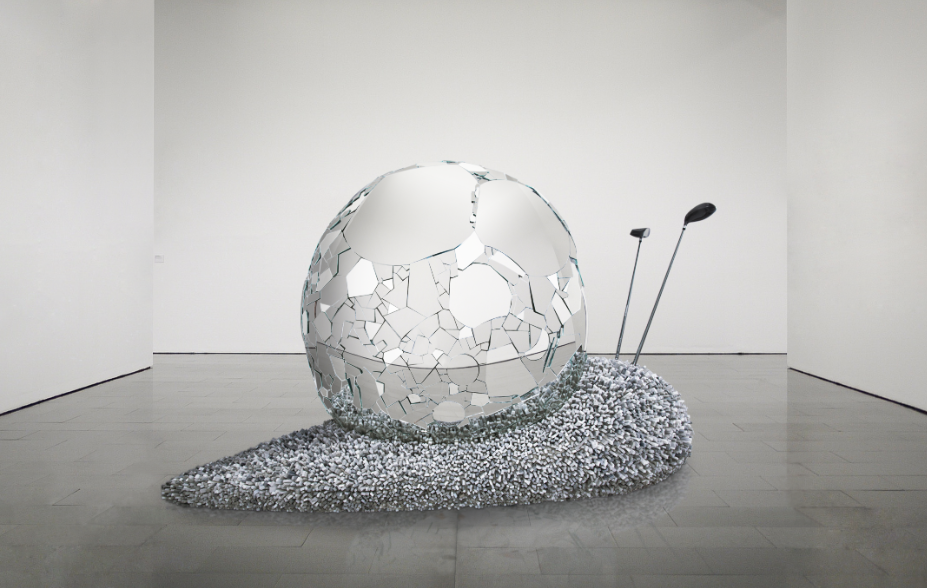
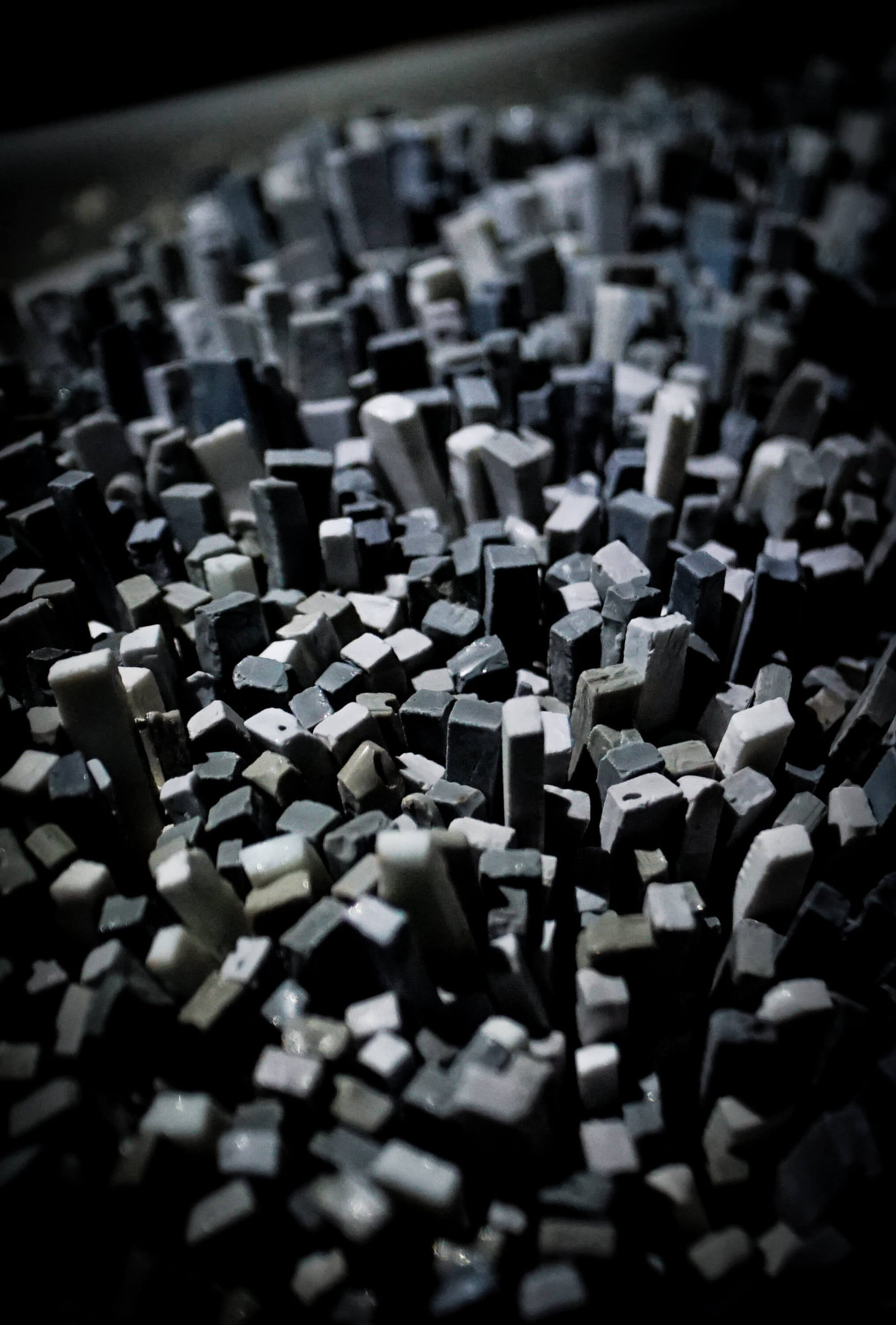
Sunyata
Everything that we see, hear, think, and know is hollow. We are merely labeling them with our own notions of reality, beauty, or ugliness. This piece uses a tiny caterpillar (something that people assume be ugly) as a creative element, producing gorgeous results. The caterpillar’s future may be that of a butterfly, or it may be that of a moth.
Materials: glass, stone, mosaic, metal
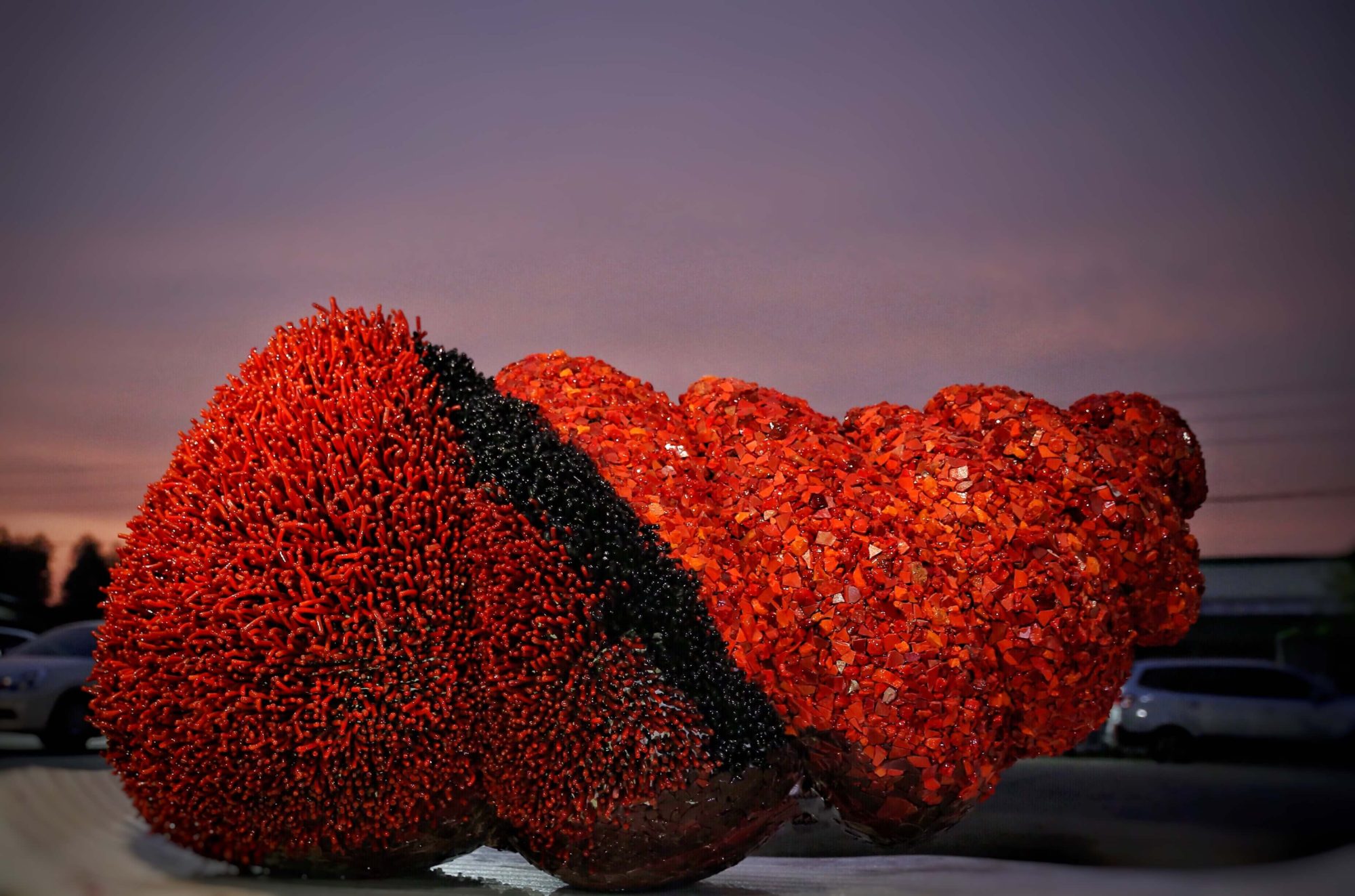
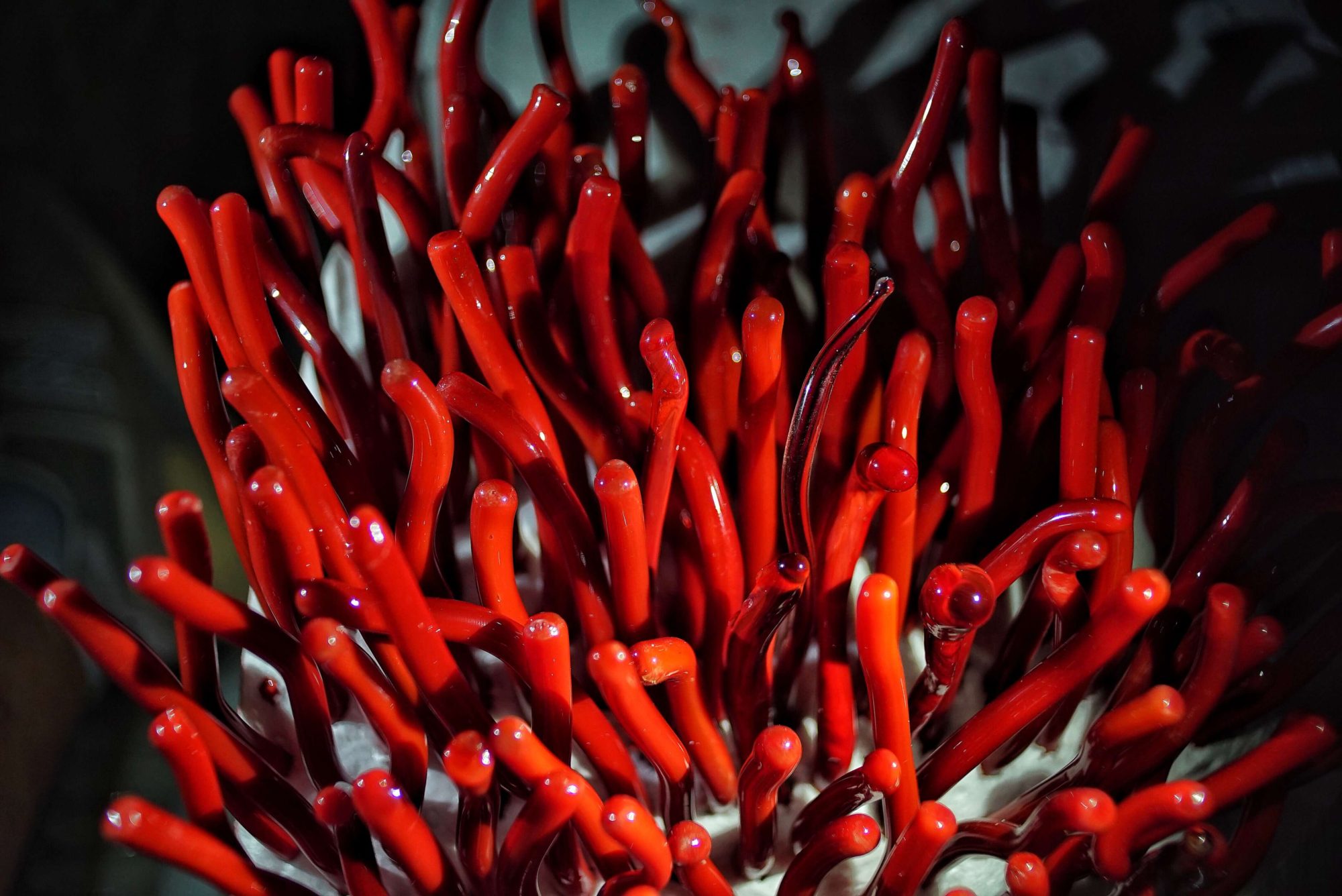
A person’s judgment and understanding of an image does not purely depend on their physiological condition or an object’s physical attributes. The form and details of an object that one views must be substituted into their understanding; one must constantly carry their “habits” into their observations.
A slow internet connection will sometimes cause a picture to at first appear as a blotchy and unclear mosaic. I find this process quite interesting; it reconstructs the viewing method that we are used to. Over time, it gave me the inspiration for the idea of “pixelation.”
Mosaics are pixelated images. They are also an art form with a profound history behind them. In terms of the materials and mediums used, they also have a rich language. This opportunity served to motivate me to express myself through mosaics. Every tiny colored piece originates from nature—ore, glass, and bauxite were melted in a furnace, giving birth to multicolored shades, like a sublimation of matter. These tiny natural objects come together again and transform into a media re-imbued with the ability to create, seemingly reincarnated. This is the original meaning that my work wishes to convey.
Illusion
This work uses mosaic pixellation to present a shape that was originally very pixelated in nature. Clouds’ forms are infinitely changing, and they have held many different meanings throughout history and in different cultures. In religious contexts, they are auspicious signs for immortality or achieving the Way, as well as an object featured in supernatural fantasies. Its pixelated appearance does not convey any individual emotions; it is read through the lens of the viewer’s individual experiences. Everyone will have their own interpretation.
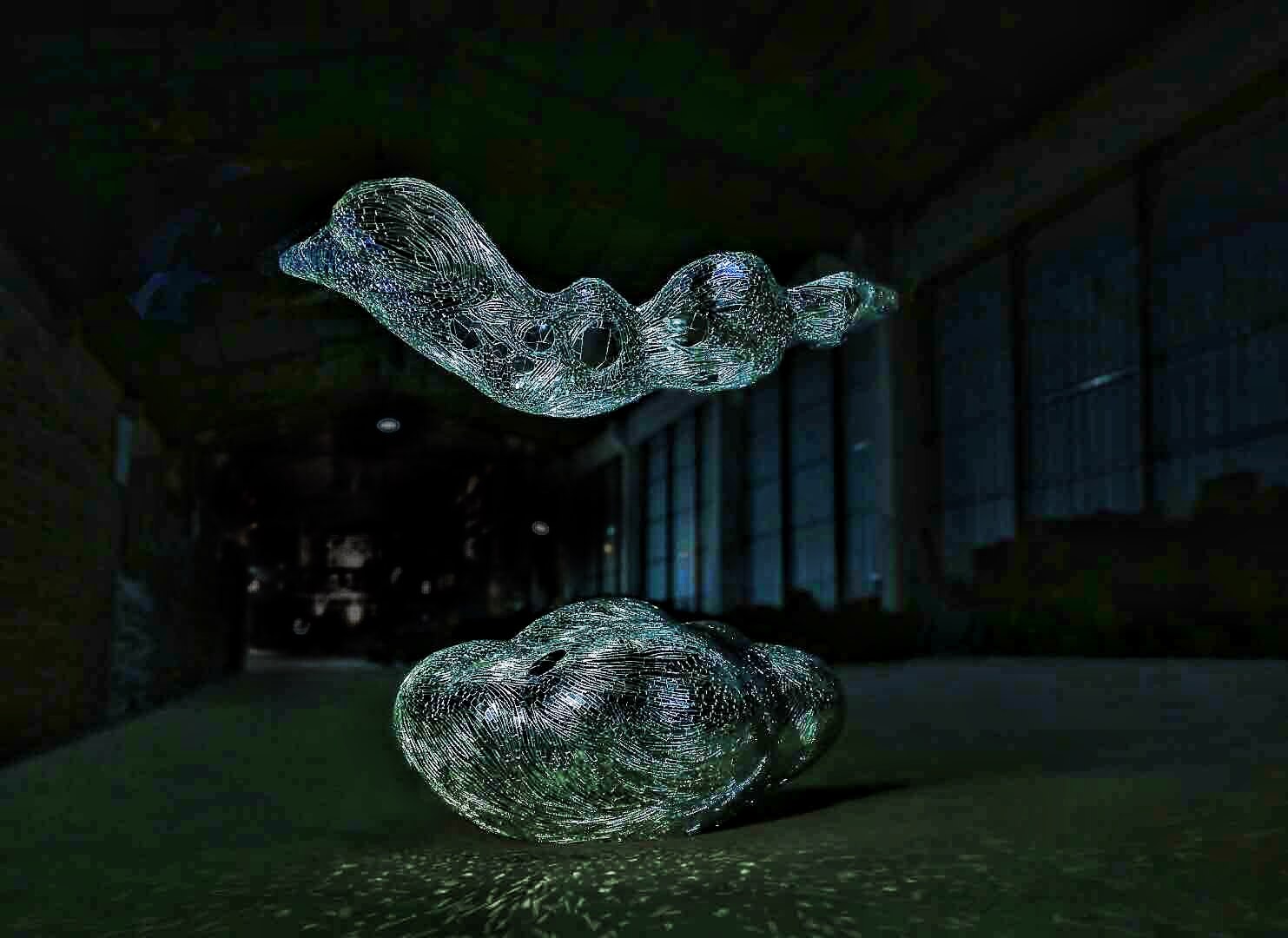
“Gen Yue stone” Series
This piece uses multicolored fragments of glass to pixellate mountains, stones, as well as flying apsaras. Seemingly familiar shapes and sights become unusually beautiful with thanks to the splendidly colored glass, like the incomparable yet short-lived marvels of the imperial Gen Yue garden during the Southern Song dynasty (1127-1279). The lavish splendor of bygone centuries are reflected in this mirror, one that inevitably reflects the past.
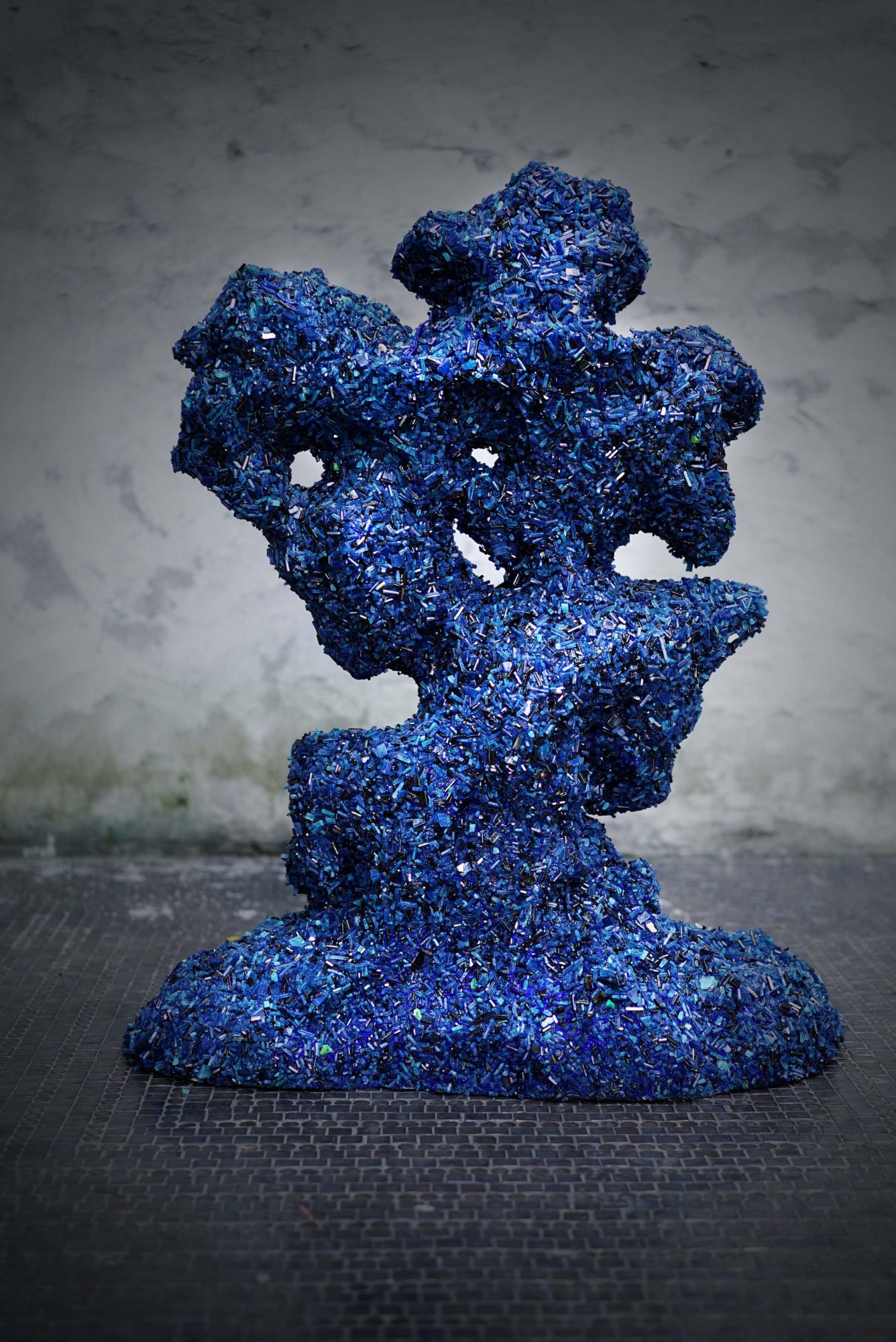

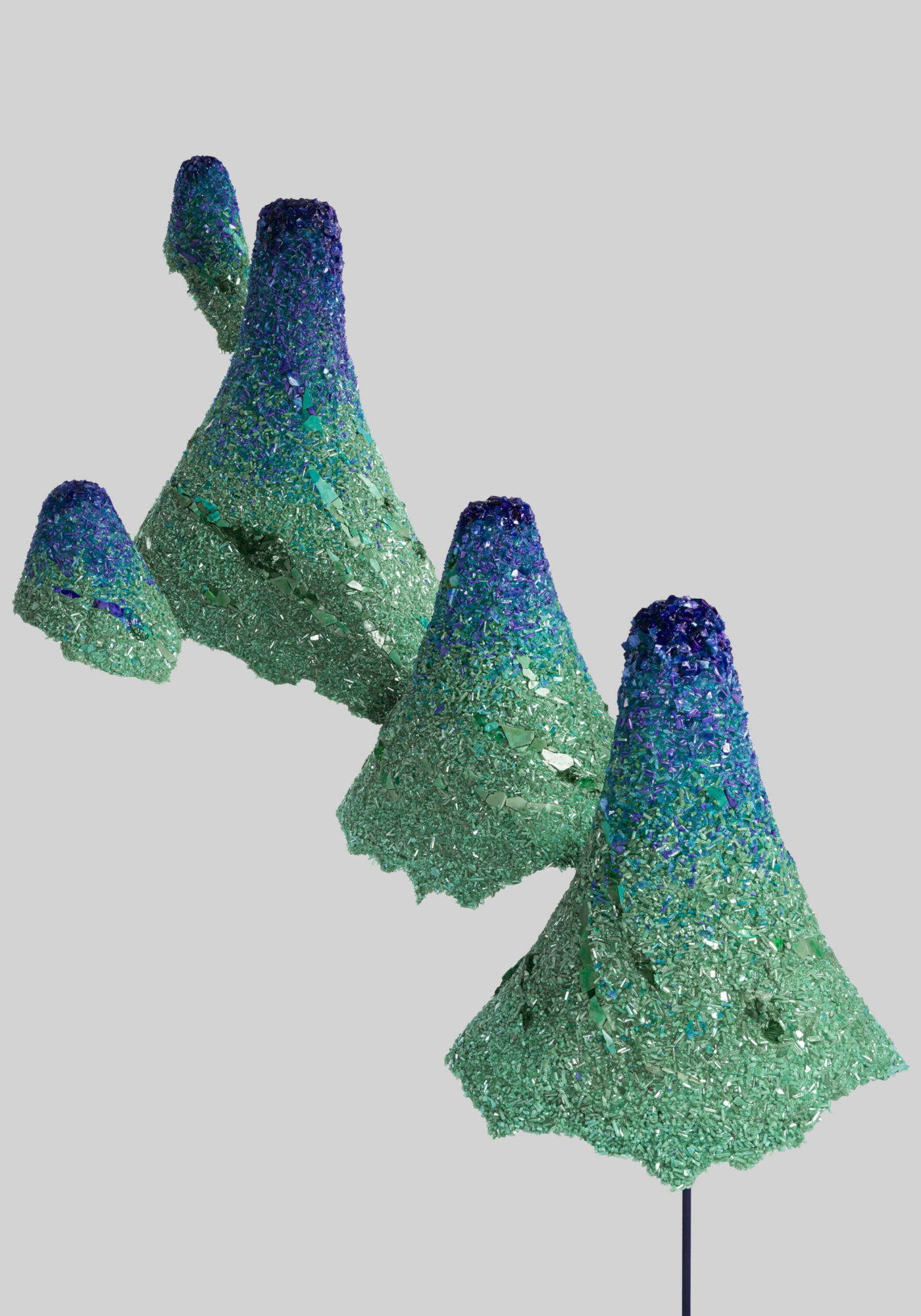
1+1
Things in life tend to be two-sided. One side is visible, the other hidden. Accepting one means that you accept the other. Any “bad” thing inevitably has a “good” side, and any “good” thing inevitably has a “bad” side. These sides share a symbiotic relationship. The saying by Laozi, “Fortune relies on misfortune, and misfortune is often hidden within fortune,” contains the same message. However, we are always slow to comprehend the hidden sides of things. We become carried away by the good and become dazed… Many of the world’s problems can be traced back to a choice. We are too easily carried away by our own self-defined “rules.” If we can escape the monism of thought, we will be rid of some of the distress that comes with pondering “right and wrong” and “gains and losses.” 1+1 is a variation on a taijitu, or yin-yang symbol. It changes the black and white color scheme of the traditional yin-yang symbol, making it entirely white. It is an attempt to weaken the “conflict” between yin and yang; the heart of the piece is its expression of the idea that everything has two sides. The two “forces” in this piece interact and coexist with one another.
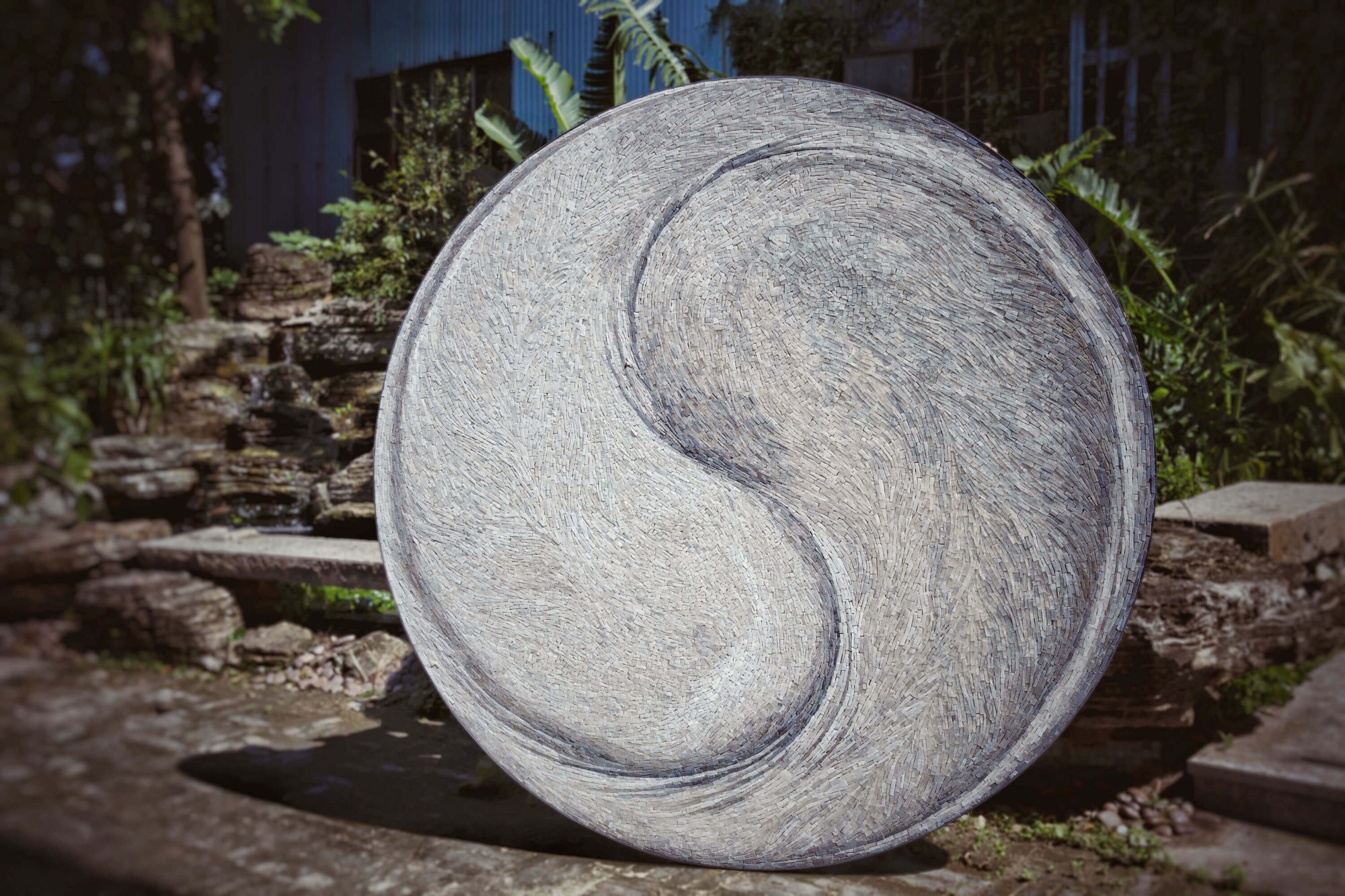
Tears
Tear often comes from not seeing clearly. When you can see clearly, tear may become sadness. This world is more beautiful than you know, but also more unbearable, for there are too many ugly things hidden in dark places. The more you are aware of, the more miserable you will become.
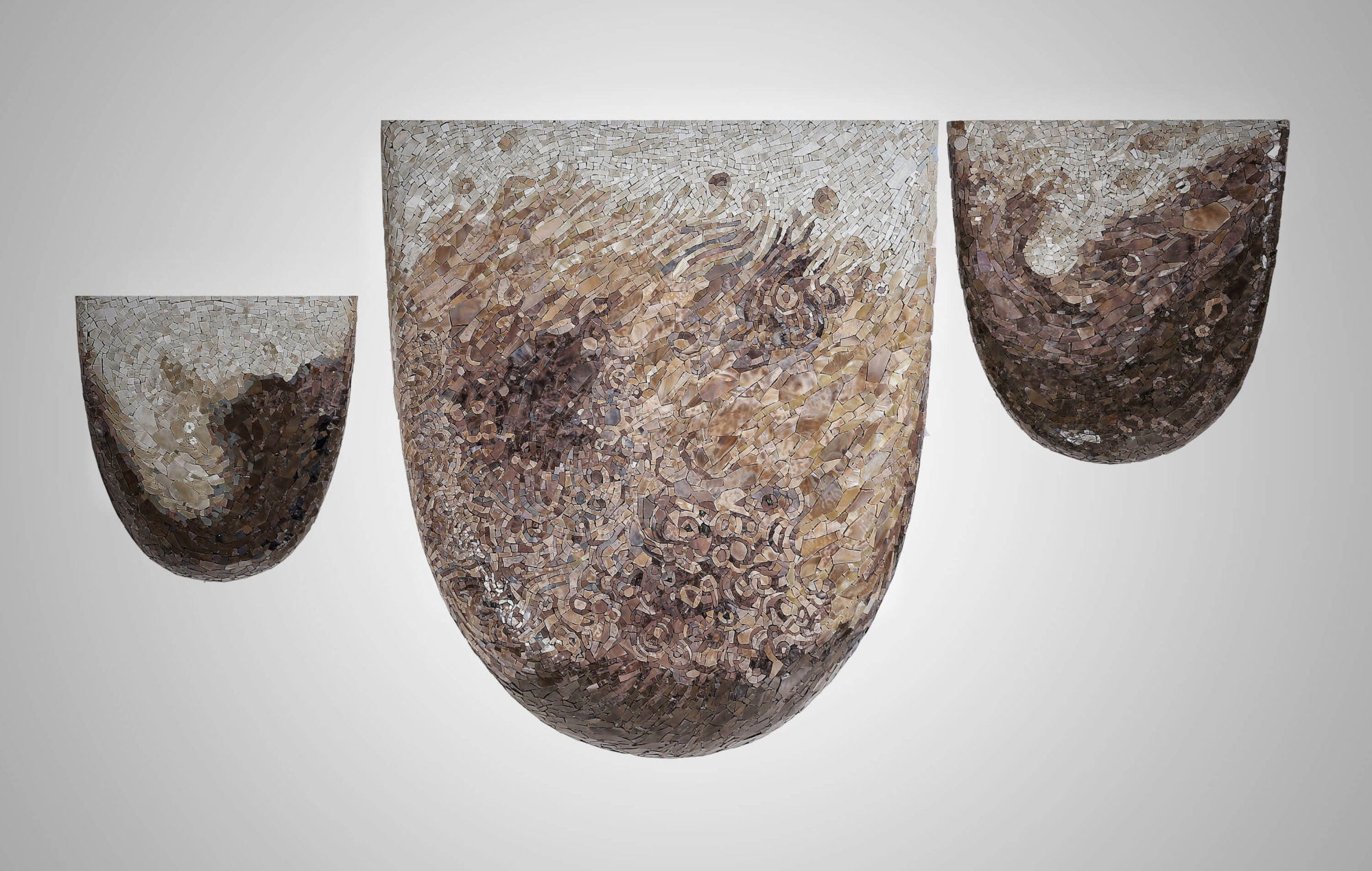
Perfection
People often feel a sense of regret or dissatisfaction if something is not done well enough, or not “perfectly” enough. They can feel this way toward others, as well as toward themselves. The vast majority of “imperfections” are merely temporary results caused by various factors. When one is faced with another person’s concept of “imperfection,” the best choice is often to accept them. But what about when faced with one’s own “imperfection”? This reminded me of a quote by the poet, painter, and writer Mu Xin: “To love perfection is to know hardship.” Mu Xin’s words are clearly directed at every individual. The “perfection” that he mentioned is not a patterned quantity.” It cannot cover every possible aspect, and it is not flawless… Yet it is just moderately! Not enough, and the proper state will not be attainable; too much, and it will not be interesting, and may even repel people. Therefore, the hardship that Mu Xin spoke of is an experience that people have while excelling themselves. It could also be called a state of self-cultivation.
By presenting a seemingly perfect “broken” circle, the piece Perfectionasks audiences two questions:
- What are you looking at?
- How do we measure perfection?
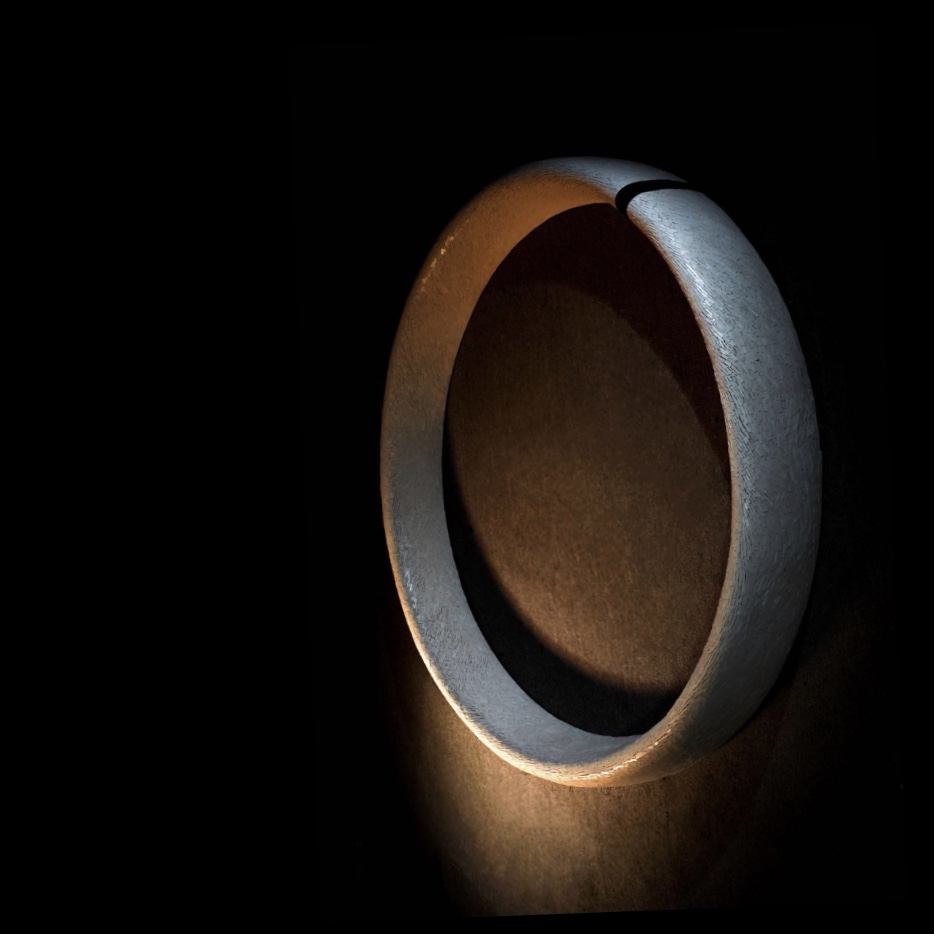

Public Participation Piece: A World in a Grain of Sand
With BIZEN’s on-site guidance, audiences will use the techniques of mosaic art to create a piece called Time: The Empty Hourglass. The piece will be covered from top to bottom with a mosaic of glass fragments. Ultimately, after undergoing some post-production work, including reversal and fast-motion, the piece will be turned into a video showing a flowing hourglass, complete with “sands” comprised of an inverted image of the crowd. It will also express the ideas of truth, illusion, speed, time, as well as “a world in a grain of sand.” To see a world within a grain of sand, to experience eternity in an instant—the former refers to the transformation of a spatial field of view (or scale), while the latter refers to the transformation of a temporal field of view. Self-cultivation in life is simply a natural adjustment of our inner field of vision. It is like an autofocus lens; no matter the distance, things remains clear.

*BIZEN:
BIZEN is a Chinese brand dedicated to mosaic art. Well-known for its creative concepts, BIZEN’s devotion to mosaic art is seen the exhibitions it holds in China and abroad, as well as other forms of cultural promotion. BIZEN has worked with art institutes to establish joint initiatives and exchange programs for talented artists. Wen Qi, BIZEN’s founder, strives to awaken passions for artistic expression through mosaic art, through the innovation and questioning of artistic concepts and techniques, and through the combination of different media. Using creative language belonging both to the ancient past and the present day, she wishes to bring a new focus to this art form. BIZEN is constantly searching for unique intersections within historical tradition and contemporary culture, as well as unique cultural identities, and it strives to promote the development of mosaic culture in an international context.
*MICA (Mini Idea Creative Art)
MICA was founded by the artists Dr. Jie Li-Elbraechter, Liang He, and Changxing Wang. Holding onto the idea of “a mountain inside a mustard seed,” and launching their inquiries from a level of small elements, materials, and ideas, they use various methods of artistic expression to reflect on the individual, nature, and macroscopic meanings.
MICA is also a space for dialogue and experimentation. It presents audiences with the speculations and dialogues regarding the varying worldviews and perspectives on art that these three individuals have developed over the course of two decades. In addition, each of their exhibitions invites audiences to get involved, experiment, and engage in a conversation.
For more information, please cotact:
China: Johnnie Cheng
Tel:+86 13928699387
wechat: BigChing
Email:bizenmosaic@gmail.com
Singapore: Vanessa Li
Tel:+65 90549980
wechat: vanessaSGP
Email:vanessa910715@gmail.com



